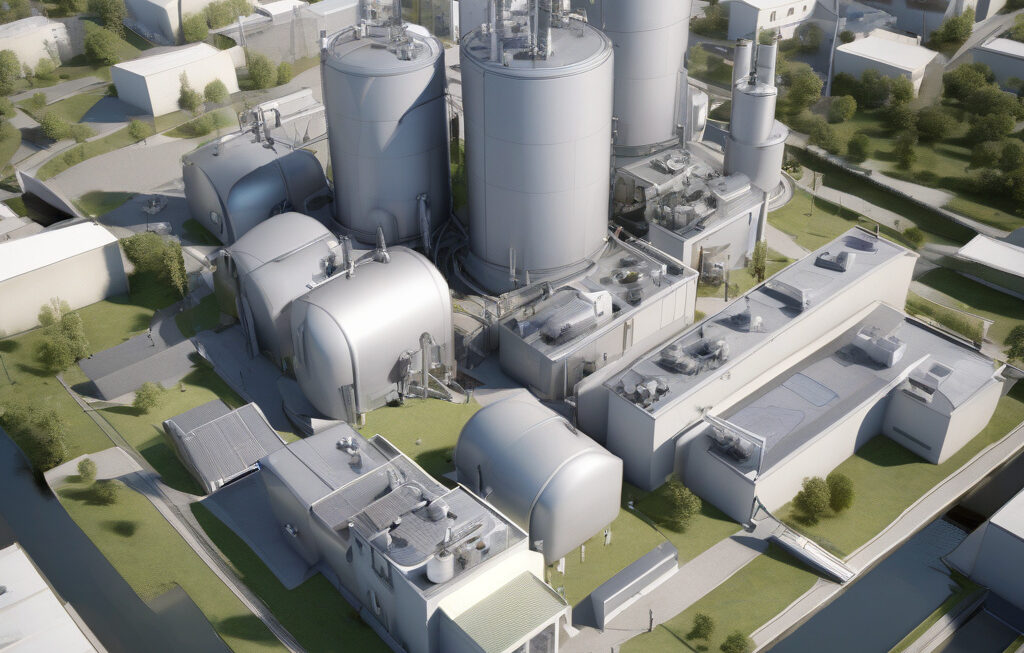China-Russia Nuclear Reactor for Moon Base to Begin Construction in 2028
China is considering building a nuclear power plant on the Moon to supply energy to a proposed lunar base. In collaboration with Russia, this ambitious project aims to establish a sustainable source of power for future missions to Earth’s natural satellite. The initiative represents a significant leap forward in space exploration and underscores the growing interest in utilizing nuclear technology beyond our planet.
The concept of a nuclear reactor on the Moon may sound like science fiction, but it holds immense potential for enabling long-term human presence in space. Unlike solar power, which is limited by the duration of sunlight, a nuclear power plant could provide a continuous and reliable source of energy, essential for supporting habitats, research facilities, and other infrastructure on the lunar surface.
The China-Russia partnership brings together two major players in space exploration, combining their expertise and resources to tackle the challenges of building a nuclear reactor in a harsh lunar environment. By pooling their knowledge in nuclear engineering, robotics, and space technology, the two countries aim to overcome the technical complexities and logistical hurdles associated with such a groundbreaking project.
One of the key advantages of nuclear power is its high energy density, which means a relatively small amount of fuel can generate a large amount of electricity. This efficiency is especially crucial in space, where resources are limited, and every kilogram of cargo must be carefully considered. By harnessing the power of nuclear fission, the Moon base could potentially operate for years without the need for frequent resupply missions.
Moreover, a nuclear reactor on the Moon could pave the way for future human missions to Mars and beyond. By demonstrating the feasibility of nuclear power in a space environment, this project could revolutionize the way we approach energy generation in deep space exploration. It could serve as a stepping stone towards establishing self-sustaining colonies on other celestial bodies, opening up new possibilities for the future of humanity in space.
Of course, building a nuclear reactor on the Moon is not without its challenges. The extreme temperatures, lack of atmosphere, and cosmic radiation pose significant obstacles to the construction and operation of such a facility. Safety and security measures must be carefully designed to prevent any potential accidents or environmental contamination. Additionally, the ethical implications of deploying nuclear technology in space must be thoroughly considered to ensure responsible and sustainable practices.
Despite these challenges, the China-Russia nuclear reactor project represents a bold and visionary step towards expanding human presence beyond Earth. As we look towards the future of space exploration, innovative solutions like nuclear power will play a crucial role in enabling long-duration missions and establishing a permanent foothold in the cosmos. By pushing the boundaries of technology and cooperation, this partnership sets a new standard for international collaboration in space exploration.
In conclusion, the China-Russia nuclear reactor for the Moon base project signals a new era of innovation and ambition in space exploration. By harnessing the power of nuclear energy, we are unlocking the potential for sustained human presence on the Moon and beyond. As construction on the lunar nuclear power plant is set to begin in 2028, the world watches with anticipation as we take the next giant leap towards our cosmic future.
China, Russia, Moon Base, Nuclear Reactor, Space Exploration












